When to change engine oil today it is increasingly difficult to establish it. There is no exact mileage to refer to for the oil change. Once upon a time, the oil change was done at 10,000 km and at most it reached around 15,000 kmthen the companies with the new car models and new lubricating oils have increased the gearbox mileage bringing it up to 30,000 km and more.
Don’t change oil often what happens?
Don’t change engine oil in the right mileage what does it entail? Does driving many km, over the canonical 15,000 with the same lubricating oil cause damage to the engine?
Once upon a time, these mileages and distances were decidedly reduced as well as the life of the engine: after 40,000 km the cylinder head was overhauled (valves, valve guides, springs, etc.) and at 80-100,000 km the engine had to be completely “rebuilt”. Today, thanks to better materials, including oils, the engine travels many more km. Lubricating oil has made giant steps compared to that of the 1920s-1950s.
Which oil should I choose for my car? When to change engine oil? How to check the oil level? Can I change the engine oil myself? on this page some advice on when to change engine oil, how to check the level using the dipstick that can extend the life of the engine!
Engine oil change on AUDI
Audi for example on the A3 1.6 TDI MY2016 euro 6 that use an oil like Castrol EDGE Professional Titanium FST Longlife 3 5W-30, it is recommended to change it every 2 years and/or 30,000 km. It is then the on-board computer that communicates the mileage based on the oil wear, anticipating it.
Engine oil change advice?
In both diesel and petrol engines it is vital for a long engine life. Change the oil regularlyThe right interval (km) can be found in the vehicle maintenance bookletwhere in addition to the km within which to change the oil there are also theIndicate the types of oils to use and the correct gradation.
It is advisable to follow the advice of the car manufacturers each of which uses different parameters to set this threshold.
For this reason, it is not possible to set a single mileage for everyone and establish when to change the oil.
Advice on when to change engine oil
There are also those who prefer to always run their engine with a “fresh” lubricating oil and replace it anyway and always at the latest 15,000 km. Especially on turbo engines (the oil also lubricates the turbine) you have a longer overall life in terms of km of mileage and a longer life of all the engine components.
This is the maximum recommended mileage with the exception of some car manufacturers that today push the mileage up to 30,000 km which, despite the excellent quality oils, in our opinion are a bit too low.
When to change engine oil
– 25/30,000 km, for diesel engines
– 15,000 km for petrol engines
– 1 year, for those who use the car little and travel few kilometres
– 10,000 km for engines over 10 years old
When to change oil? From this table we can see several mileages that vary greatly from case to case.
Another valuable tip is to replace the oil filter when changing the engine oil because it collects all the solid impurities and combustion particles. There are very cheap filters that are not recommended because they are made with poor materials and having a valuable function on oil pressure can also cause the engine oil warning light to come on at minimum rotation speed.
ENGINE OIL LUBRICANT
The Engine oils are composed from a base and additives that have the task of improving its viscosity, viscosity index and detergency. They can be of mineral, synthetic or regenerated nature. Additives are needed also to inhibit foam formation and prevent oil oxidation.
During its working cycle, engine oil is subjected to high temperatures produced during the operation of the engine itself.
It heats up beyond normal operating temperatures when we tackle a climb, with strong acceleration, in traffic, for this reason it is important to use high quality oils such as the one proposed by Petronas. Syntium with Cool Tech Technology and others available on the market where lubricants are available at very low prices and of equally poor quality.
THE’Lubricating oil inside the engine works under pressure thanks to a pump that has the task of pushing it inside the ducts and passages and passing through the main bearings, the connecting rod head ensures the correct lubrication of the crankshaft until it reaches the walls of the cylinders.
It is important that it does not fall below the minimum level and that it is always under pressure.
Which oil should I choose for my car?
Each car engine needs a specific type of oil that can be found in the car’s owner’s manual.
On very old engines, to reduce oil consumption, you can use a grade a few points higher, for example 20/40, which in several cases has resolved and eliminated excess oil consumption compared to 5/30.
ENGINE OIL GRADES
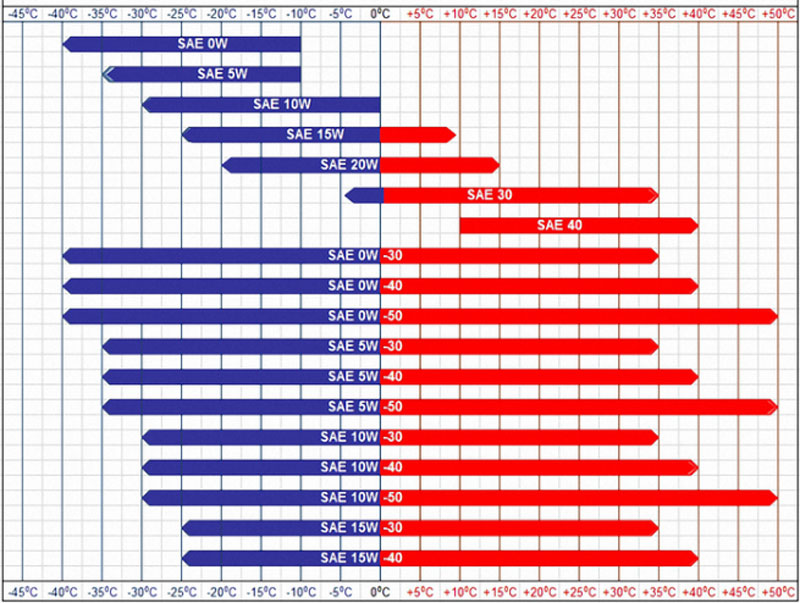
Check oil level
It is good to check the oil consumption especially on older cars with more kilometres on the clock that can record higher than normal consumption. Modern cars have a specific instrumentation that signals a lack of lubricant, while in older cars it is recommends checking the oil level before setting off on long journeys. To do this, simply open the engine compartment and check the oil level dipstick indicated specifically.
There is no standard mileage that is the same for all cars, so it is always advisable to check the correct oil change interval in the use and maintenance manual of your car.
For older cars or those with many kilometres on the clock, it is recommended to check the need for an oil change every 10,000 km.
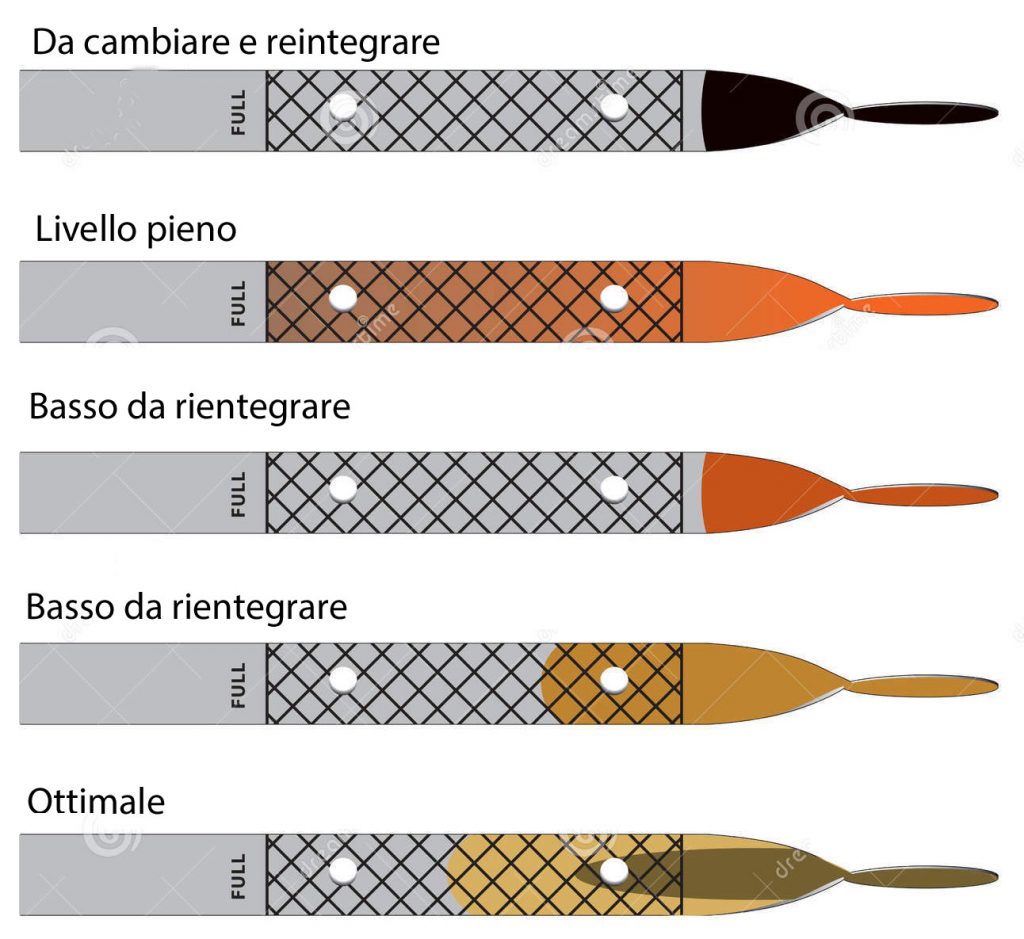
How to check the oil level
The oil level check must be done with a cold engine.
PHASE 1 – Recover a rag of the kitchen paper
PHASE 2 – Open the engine hood
STEP 4 – Locate where the oil dipstick is on the engine, pull it out. Clean the end where the oil is. There are min and max marks there.
STEP 5 – Insert the rod all the way back into the tube from where it was removed.
STEP 6 – Remove the dipstick again and check where the oil mark reaches between min and max.
The ideal level is 3/4 for correct engine operation.
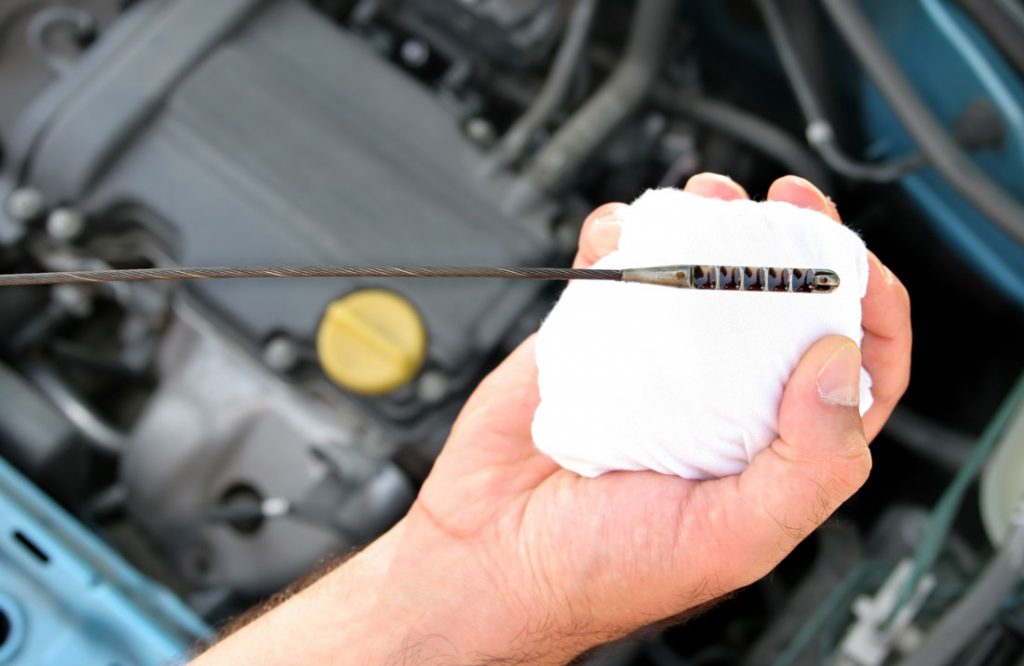
Can I change the oil myself?
Do-it-yourself oil and filter changes are not difficult, but they are not recommended. Changing the oil and filter requires a minimum of experience and equipment. If you want to do it yourself, it is recommended (also bringing the desired oil) at a petrol station that is usually equipped for this operation with a lifting bridge and above all able to ensure the correct disposal of the used oil, for which it is best to follow the instructions of the CONOU (National Consortium for the collection and treatment of used mineral oils).
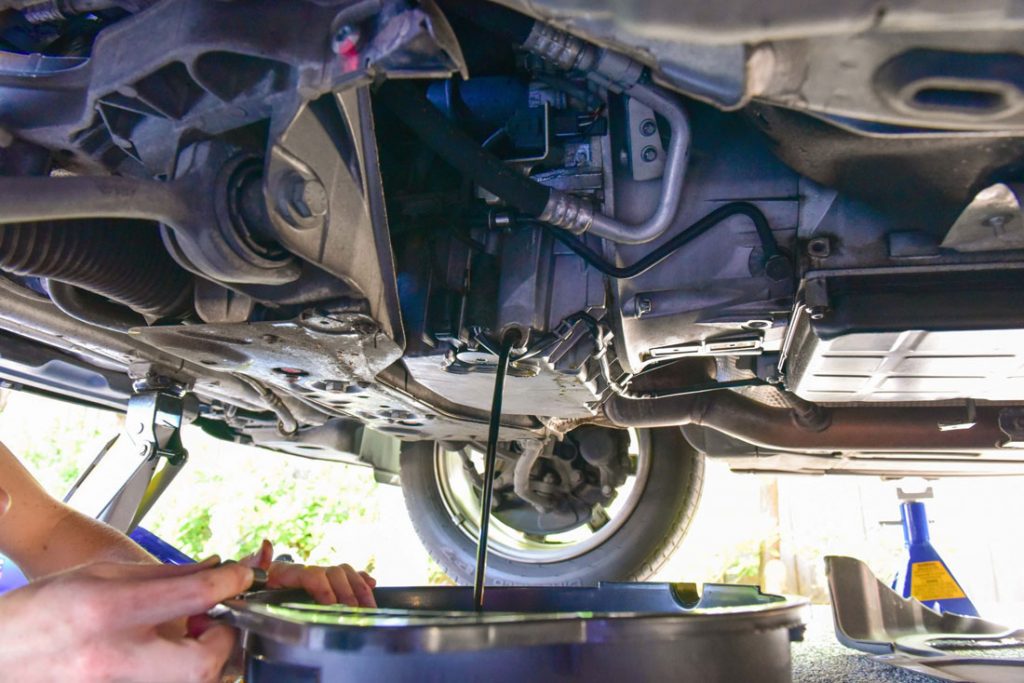
Engine oil sludge
This is what happens inside the engine when you don’t change the oil and you travel many kilometers beyond the expected ones. “Sludge” is formed, gelatinous residues that also go to block the ducts.
In these cases, it is recommended to clean the engine internally, even using additives, and above all to change habits, that is, to replace the oil at regular intervals as prescribed by the manufacturer.
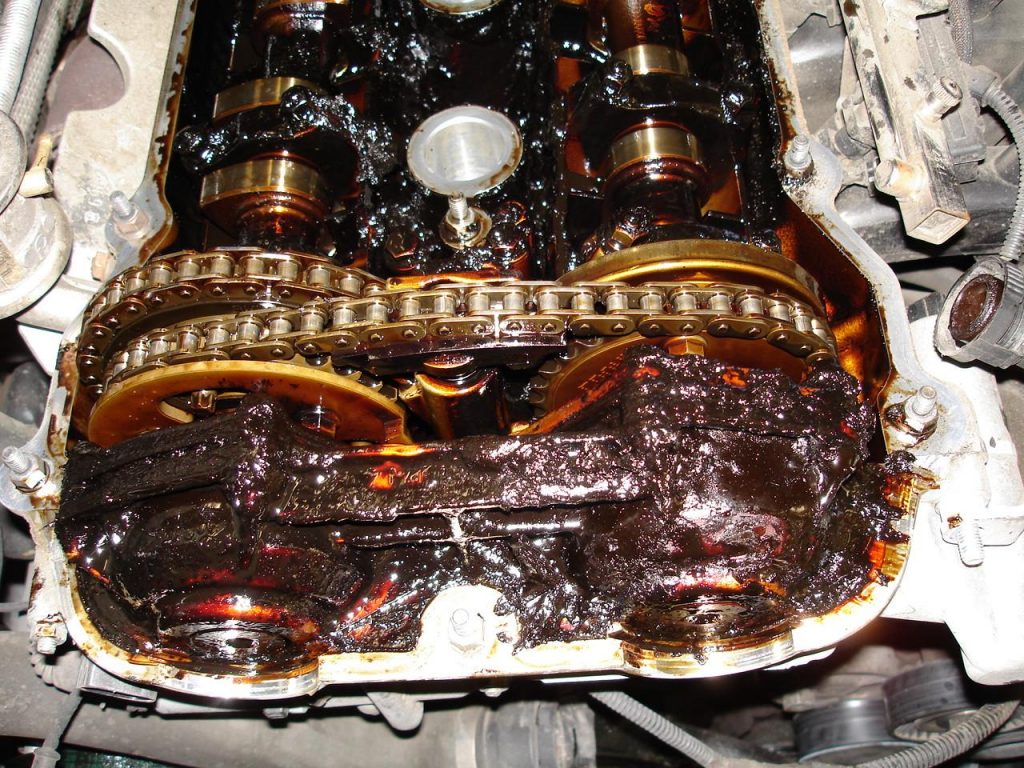
SINTOFLON ENGINE OIL ADDITIVES
Nicola Bornia explains why additives should be used Sintoflon.
Read also:
→ Other technical news on Engine Lubricating Oil
→ Consult the Newsauto Technical Guide with advice from specialists
→ What do you think? Take a look at the discussions on the FORUM!
#change #engine #oil #check #level